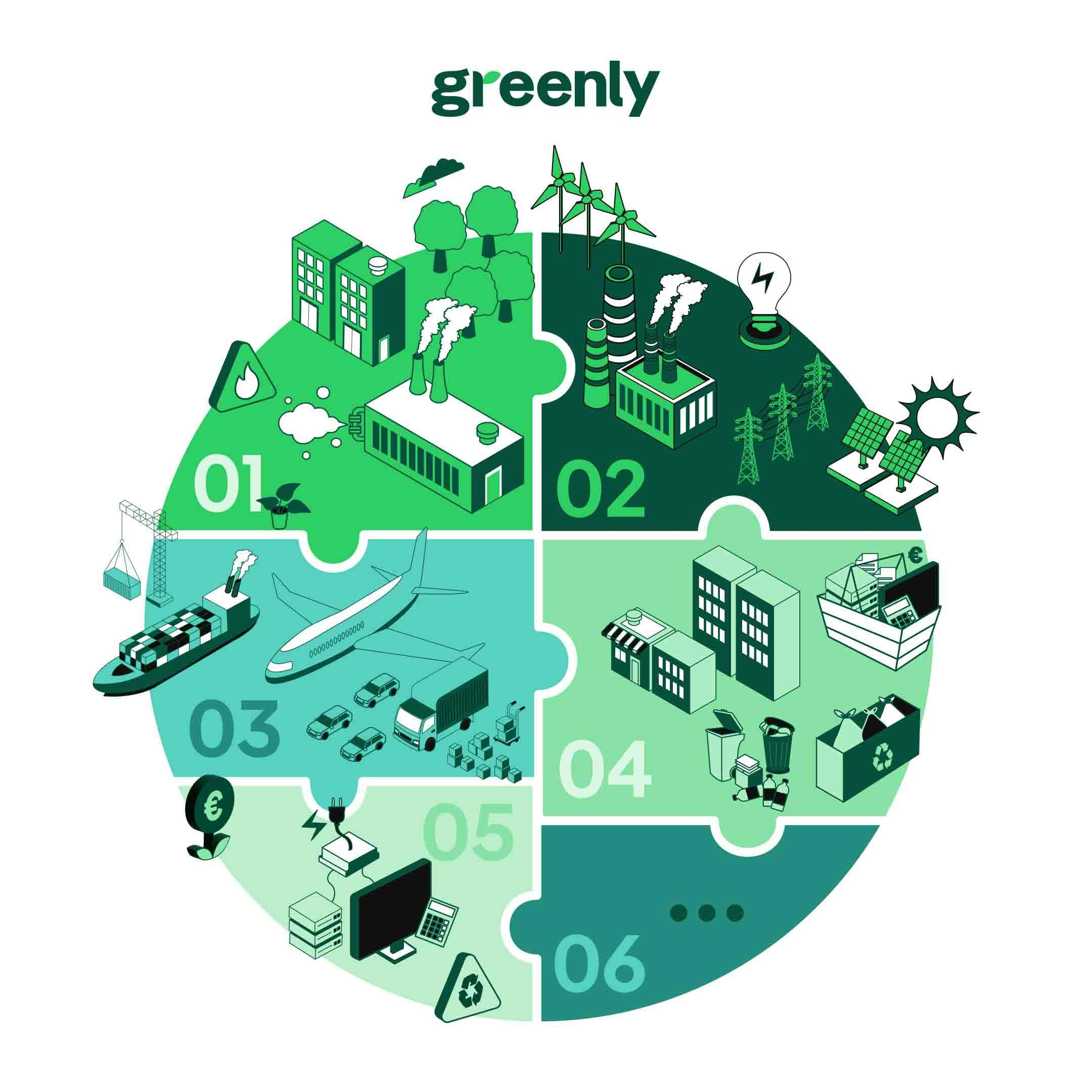
Benchmark: CSRD Compliance Platforms
Explore the 2024 CSRD Compliance Platforms Benchmark, an essential guide by Sia Partners designed to help businesses navigate the complexities of the Corporate Sustainability Reporting Directive (CSRD). This benchmark provides a detailed comparison of leading platforms, highlighting their features across key stages such as double materiality analysis, data collection, and report writing. Whether you’re an SME, mid-sized company, or large corporation, this resource will support your journey toward efficient and accurate compliance.




